Bitilasana Yoga Pose: Health Benefits, How to do?
What is Bitilasana (Cow Pose)?
This name, Bitilasana comes from the Sanskrit script. The word Bitilasana means Cow Position. Bitila means Cow, And Asana means Position or Posture. And as considered forward, Bitilasana or Cow Position is done normally in a dynamic way with Cat Position. Here when the exercise is done in a dynamic way, the body movement favors the Cat as well as the Cow.
If you exercised Marjariasana in the forward stage, then you simply perform this. The position Marjaryasana (cat) – Bitilasana (cow) is a combination of two positions exercised together to considerately warm up the spine and the abdomen for more challenging postures or is sometimes also exercised as a simple restorative position. Impending on all fours, and mainly operating the back in a rhythmic way, and gaining the position like that of a cat or a cow, delivers the tensions about the spine and your upper body, neck, shoulders and tightens the abdomen to make a stronger core, and it considers massages the spine to increase mobility.
The deep stretch like a Cat and the a moderated state like the Cow. Therefore the name Cat-Cow Position came about. Specified the movement is more with the spine(a mixture of two movements), it upgrades the elasticity of the spine increasing the flow of prana. This position is a substructure position done normally to obtain more security with backbend positions. Bitilasana (Cow Position), a backbend, is regularly partners with Marjaryasana (Cat Position) at the starting of a vinyasa flow to warm up your body.
Bitilasana is Pronounced as (Bit-ill-AH-sun- ah). This Bitilasana type is a Chest opener, Back-bend. Cow Position is reviewed as a base position as a cow position variations can be obtained from this position. This simple position permits for a strong front-body stretch, from chin to pubic bone. Raise your tailbone to arch your back, permitting your stomach to hang toward the ground, picturing your shoulders away from your ears, and raising your head. Cat Cow Position helps boost energy in the body and therefore can be comprised of flow yoga series.
When twinning this position with Cat Position, follow your breath: Shift into Cat as you expire, and into Cow on your inhalation.
What are the Health Benefits of Bitilasana (Cow Pose)?
Considering how simple this position is, always remember, that the adjustment and the breath are what help one obtain the maximum from the exercise. Some benefits obtained with the exercise of Bitilasana or Cow Position are given under:
- Upgrades the flexibility of the spine
- Considerately massages the spine, increasing mobility
- Upgrades the prana in the body while bending the spine
- Replaces tensions around the lower back, middle back, neck, and shoulders
- Gains the core muscles to the maximum, making it strong
- It strengthens your lower and upper back
- Strengthens the arms, shoulders, and the wrists
- Strengthens the backside of the body
- Strengthens the hip joints, the knee joints, and the shoulder joints
- Gently massages the abdominal muscles and organs, thereby improving digestion
- Great pose to reduce stress, and insomnia and encourages good sleep
- Upgrades the body posture
- A good position to diminish symptoms related to PMS
- A good position to exercise for Prenatal and Postnatal
- Observe a great foundation pose for the most advanced backbend positions
- Like most positions, the Cow Position conducts awareness of the body and the breath
- Anyone agonizing from Fibromyalgia can exercise this position in a restorative way
- Stimulates the Manipura Chakra(Solar Plexus), Muladhara Chakra(Root Chakra), and the Vishuddhi Chakra(Throat Chakra)
- Stretches the anterior of the chest
- It helps to stretch your neck and the anterior part of your torso
- Great as a warm-up ahead class along with other spinal movements like Cat position, side curves, and twists
- Cow Position warms up your spine, shoulders, and hips to construct for a rigorous yoga asana exercise
- It can be gentling, relaxing, and help you manage stress
- Opens the heart space
- Improves digestion, lung capacity, and circulation
- It is a stress- relieving Asana
- Best for back pain and sciatica
- Relieves anxiety and fatigue
- Dog tilt position stretches the middle to low back and hips, lengthens the spine, and stimulates the kidneys and adrenal glands
What are the Preparatory poses for Bitilasana (Cow Pose)?
There are some preparatory poses below:
- Tabletop
- Sphinx Position
- Salabhasana (Locust Position)
- Bhuganjasana (Cobra Position)
How to Perform Bitilasana (Cow Pose)?
Given under is the procedure to go into Bitilasana, otherwise, known as the Cow Position in English.
Begin to sit at the center of the mat in Vajrasana, placing the hips on the heels, while sitting on the shins and the knees.
Modify the body and take a few breaths here, extending the spine upwards while breathing.
Inspire and place your palms on the ground in front of you extending the arms out straight.
Inspire and raise the torso off the heels and the mat and come to balance on all four (your palms and your knees).
Focusing on adjustment first, place the palms in line with the knees, charging the knees at hip-distance apart. While relaxing the upper feet on the ground, pace them just beyond in line with the knee. Therefore the palms, knees, and feet should all be in line.
Continuing with the adjustment, make certain the palms are just under the shoulders, the knees are just under the hip joint and the torso is parallel to the ground.
Once resolved with the position and the adjustment, conduct the weight of the body to the center of the spine, and circumvent it to fall all over the shoulders and the wrists.
Take a few breaths here considering straight in front. Conduct awareness of the movement of the body along with breathing.
Inspire and lift the neck upwards, conducting the belly towards the ground while curving the lower back inwards. Extending the hips outwards, and moderately upwards, tighten the belly.
Stretch the neck deeper upwards, shaping the full-back to the maximum, inwards forming a curve like a letter ‘U’, and start the slow deep breathing.
Now the body should be like, a cow with its back stretching and expanding outwards and upwards. With the neck affecting upwards, a cow stands in this position for hours with strength and balancing.
When in this position, start the deep, slow breathing using the abdominal muscles along with the diaphragm muscles, to get the maximum benefit of this posture. Here as you inspire, you release the body while still holding the neck in position, and expanding the buttocks out, and as you expire, you will stretch deep pulling both opposites of the body outwards and upwards while gaining the belly in.
Making certain the body weight is not towards the wrists and the shoulders, using the core muscles will help to maintain balance with solidity. Stay behind for about 4 breaths and watch the movement of the belly, chest, and upper back.
Inspire, rescue the body and look forward to modifying with expiration. After delivering from the position, modify to go back to sit in Vajrasana. Inspire again to replicate the exercise of Cow Position and hold the position this time for 8 breaths or more.
The compound of Cat Position and Cow Position is normally done together, as the movement of the spine with contractions of the various muscles, helps to upgrade the elasticity and posture.
delivering from Bitilasana, come to rest completely in Wide Child’s Position.
How to Perform Bitilasana by Watching a Video?
What are Follow up poses for Bitilasana (Cow Pose)?
Start with legs up the wall and then move to the cow position. Pair the cow position with the cat position, as you expire, to allow the energy to flow.
- Marjaryasana (Cat Position)
- Balasana (Child’s Position)
- Uttanasana (Standing Forward Bend)
What are the Beginners tips in Bitilasana (Cow Pose)?
If you are not used to placing weight through your hands start with some wrist and hand warm-up exercises first:
- Revolve your wrists and then shake your hands out.
- Make fists and then stretch out your fingers – recurrent this rapidly a few times.
- Watch MacKenzie Miller’s Wrist warm-up class for other ideas.
- As a learner, you have to secure your neck when you perform this position. For this, broaden your shoulder blades and draw your shoulders to pull down them, away from your ears.
NOTES:
In severe neck pain or injuries circumvent this asana. Do not crunch your neck too much in a rising direction if you have a sensitive neck. For this, I just look straight. First of all, warm up your body and then achieve Asana. Please achieve Aasan and Pranayama under the supervision of an expert trainer, if If you have some medical issue then consult a doctor ahead of achieving any exercise.
What is the Variation of Bitilasana (Cow Pose)?
- As you inspire, expand the opposite arm and leg to make this a balancing position.
- As you expire, curl the expanded elbow and knee into the chest. Come back to the center and switch sides, affecting your breath.
- Seated version: Sit on a chair or in a simple cross-legged position. Region your hands on your knees and open the chest on the in-breath. Add the Cat Position on the out-breath.
- Standing version: Stand with your legs hip-width apart, knees twist. Region your hands on your thighs and open your chest on the in-breath. Add the Cat Position on the out-breath.
- From all fours, try producing a wave-like motion, moving your tailbone first and permitting your spine to follow.
- Make a Cat-Cow series into a core rousing exercise by expanding out your opposite arm and leg in the Cow position and then drawing the elbow back and the knee to the nose as you draw your belly in and round your back in Cat position.
- Alternately, use Cat and Cow position as an investigation of the spine as in Lisa Petersen’s class Spinal integrity
Below are some common variations of the yoga position Cow Position with a base position as Cat-Cow Position (Marjaryasana Bitilasana).
- Cat-Cow Position
- Cat-Cow Child Position Flow
- Cow Position
- Kneeling Cat Swan Flow
- Cat Position
- Cat-Cow Position Forearms
- Cat-Cow Position With Leg To Side
- Cat-Cow Position Rib Cage Circles
- Hovering Cat Position
- Cat-Cow Position Variation Wide Legged
- Cat Position Variation Knee
What are the Types of Bitilasana (Cow Pose)?
- Seated Cat-Cow Position
Seated Cat Cow Position
What is Seated Cat-Cow Pose?
The Cat and Cow Positions are observed as simple yoga positions. The Sanskrit name of the Cat Position, Marjaryasana, convert from Marjay means Cat. The Sanskrit name of the Cow Position, Bitilasana, convert from Bitil means Cow. Both Cat and Cow Positions are done on fours, by standing the palms and the knees on the ground. But Upavistha Bitilasana Marjaryasana is done existence seated, whereas in Sanskrit Upavistha means seated. Cat-Cow is a yoga position, also known as Chakravakasana in Sanskrit. During the position, you move your spine from a rounded (flexed) to an arched (extended) position.
Seated Cat-Cow Pronounced as mar-jar-YAH-sah-Nah bit-ee- LAH-sah-Nah. Drishti Padayoragre of (Tip of the toes), Urdhva (Toward the sky). This position type of Backbends, Chest Openers, Forward Bends, Seated Positions.
The rules and the instructions for this position are the same as that of the Cat-Cow Position (Bitilasana to Marjaryasana). This position is arranged as a restorative position as it conducts great comfort to the full-back after the exercise of intense yoga positions. The stability of the abdominal muscles can be used during the exercise of Malasana, so the Seated Cat-Cow Position is a great preparatory position for Malasana.
The Seated Cat-Cow position is for anyone having trouble getting to the ground to do the Cat-Cow position or if you are seated for many hours this the position will help get fluid flowing to the joints from the neck to the hips.
To put up Seated Cat-Cow; sit in the chair so your back is not against the backrest. Sit with an ordinary spine; head over the heart, shoulders over the hips and feet flat on the ground with knees over the heels. If short legs you may need blankets or props below the feet and if long legs put blankets or props on the seat of the chair. To help you get the ordinary spine to tilt your hips a little so the sit bones go back and up and the pubis bone goes down and below. This will give you the ordinary spine with the neck and lower back concave and the middle back convex.
Start by putting pressure on your thighs with your hands to extend your spine and starting with the Cat position, expire conduct the belly to the spine and your back toward the chair back. Simultaneously tilt the hips below so the sit bones move toward the anterior of the seat and the shoulders rounding forward with the head dropping. Then follow with Cow position by inspiring and conducting the belly ahead with sternum and chest coming ahead and up with the shoulders coming back and head coming up and back as far as is comfortable, putting the spine in a back twist. Simultaneously taking the sit bones back.
Tips: When charging the hips anterior or back the skin and part of the muscles endure in place against the chair while the sit bones move a few inches in either direction. If you have a neck injury or pain let the head endure as an extension of the spine, not letting it drop and raise.
This position can be performed when seated anterior or on your computer, TV, sporting event, car, and a lot of other seated positions.
The Seated Cat-Cow position can help with seated posture, stretches the spine and neck, massages the spine and internal organs, and opens the chest to allow more breath to come in, The movement with the breath in Cat-Cow alleviates stress and tension as well as calms the mind.
Since the Seated Cat-Cow Position is like a restorative position, it can be exercised to ease the lower back and the spine after the exercise of the intense positions mentioned under:
- Camel Position (Ustrasana)
- Upavistha Konasana (Seated Straddle Position)
- One-Legged King Pigeon Position (Eka Pada Rajakapotasana)
- Wheel Position (Urdhva Dhanurasana)
- The seated Cat-Cow Position is observed as a warm- up yoga position to prepare the body for more intense yoga positions/yoga flows.
What are the Health Benefits of Seated Cat-Cow Pose?
- Stretches Muscles: This position stretches the muscles at the hips, back and upper neck, and abdomen.
- Stimulates Abdominal Organs: The movement of the abdominal area with breathing helps in stimulating abdominal organs counting gastrointestinal tract. Stretches the abdomen. Massages the internal organs.
- Expands Chest and Lungs: Seated Cat-Cow Position supported breathing by stretching the chest and the lungs, making breathing smoother. Opens the chest.
- Relieves Lower Back Pain and Sciatica: Alleviates lower back pain and sciatica. Warms up the spine.
- Helps Alleviate Depression and Anxiety: Reduce depression and anxiety. Alleviates stress.
- Eases Menstrual symptoms: This posture if done during the menstrual period or just ahead of the onset of the menstrual cycle conducts ease to the lower abdominal area alters the reproductive organs which further relieves the symptoms of pain and cramps.
- Aligns the Spine: The movement of the full upper body acts as a good way to correct adjustment of the spine and conducts postural awareness and balance throughout the body.
- Improves body awareness and coordination
- Calms and soothes the mind
- Improves posture
Comparison with Cat-Cow Position
- Wrists are Relaxed: As this position is a variation of the Cat-Cow Position (Marjaryasana Bitilasana) in the seated form, there is no pressure on the arms and the wrists and therefore can be done for long periods. The seated position also makes it simple to hold the posture for long breaths.
- Knees are at Ease: This position is less stressful at the knees as the weight of the body is not placed on the knees, unlike the genuine Cat-Cow Position.
- Generates a more flexible spine, decreases back, neck, and shoulder tension facilitates deeper breathing, strengthens the back, tones the abdominal muscles and much more.
What are the Preparatory poses for Seated Cat-Cow Pose:
- Tabletop Position
- Balasana (Child’s Position)
- Sukhasana (Easy Position)
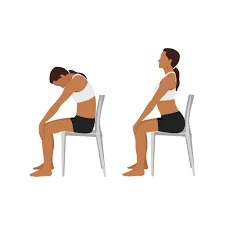
How to Perform Seated Cat-Cow Pose?
Sit on the ground, cross your legs in Sukhasana, and stretch the spine lifting the body upwards and taking a few breaths nearer.
Relax your hands over your knees. Disappear back into a Seated Cow Position, permitting your shoulder blades to pull apart and round. Rest your head. Center on pulling in the tummy deep in and upwards. Lock the chin close to the chest and use the strength through the hands on the knees to pull yourself deep inwards with shoulders and chest vanish in.
Alter the movement by leading with your head. Look up to the vaulting, arching the back, and puffing out the chest. Hold it here, then back into Seated Cow Position again. Stretch the spine out entirely inwards and as the chest is forced forward, the neck is taken deep upwards feeling any stiffness around the neck.
This exercise is quiet on the core when you are sitting because you are not using it to hold up your suspended body weight like in the Cat-Cow Position (Bitilasana Marjaryasana).
Whenever you are ready, round the full-back, pulling the navel into the spine to take the position a bit deeper. This should be done very leisurely and carefully as sudden pushing of the navel inwards can cause stiffness in the stomach or may conduct discomfort.
Continuing here for more than 6 rounds will help you enjoy the benefits of this position. Try to breathe in a rhythm.
Leisurely release the body and the legs, stretching them out in anterior of you and modify completely.
What are Follow up poses for Seated Cat-Cow Pose:
The seated Cat-Cow Position warms up the abdominal area including the lower back and spine. Seated Cat-Cow Position can be followed up with the following yoga positions:
- Malasana (Garland Position)
What is the Breath Awareness in the seated cat-cow pose:
This position gets its benefits only if the breathing is kept in mind while exercising this position. Co-ordination of the movement of the body, mainly the spine, along with the inhalation and exhalation alone will give the maximum benefit while exercising this position.
- Inspire: Sit straight and modify the back and spine.
- Expire: Conduct the spine upwards and stretch.
- Inspire: Placing your hands on the knees, inspire and lift the head and conduct the chest out feeling the stretch at the neck and the chest.
- Expire: As you expire, sink the chest-in pulling in the tummy and move the lower spine backward rounding the shoulder blades and tightening the core.
- Inspire: Inspire and lift the head up directing the chest out and stretching the neck.
- Expire: Conduct the neck close to the chest and sink the chest, tummy, and the navel inwards looking down.
- Repeat: Replicate this inspiration and expiration watching the movement of the spine and the chest in a flow. This simple flow of the breath and the the upper body conducts maximum prana to the full spine and thus keeping the spinal nerves fit and healthy.
What are the Variations of Seated Cat-Cow Pose:
Under are some common variations of the yoga position Seated Cat-Cow Position with the base position as Seated Cat-Cow Position (Upavistha Marjaryasana Bitilasana).
- Seated Cat-Cow Position
- Chair Cat-Cow Position
- Seated Cat Position
- Seated Cow Position
- Cat-Cow Position Thunderbolt Legs
- Seated Cat-Cow Position Feet On Floor
- Seated Cat Position Hands Interlaced
- Seated Cat Position Variation Arms Crossed On Knees
- Cow Position Interlaced Hands Close Up
- Seated Cat-Cow Position Variation Hands Shins
- Seated Cow Position Variation Arms Crossed On Knees
What are the Contraindications for the Seated Cat-Cow Pose:
Seated Cat-Cow Position is a learner-level yoga position that is performed in a sitting position. Seated Cat-Cow Position additionally involves stretch.
What are the Modifications in Bitilasana (Cow Pose)?
Alternatives: Chair Cow position
Modifications: You can choose to tuck the feet below or rest the tops of your feet on the floor—whichever is more comfortable for you.
If your knees are sensitive, place a bent blanket below the knees to secure them.
What are the Contraindications for the Bitilasana (Cow Pose)?
A few things to keep in mind while exercising Bitilasana or Cow Position, to avoid further injury to the body are given.
- Injury to the shoulders, neck, wrists, hip, knee, and the back
- Recent or chronic back pain or injury
- Blood Pressure
- Migraine
- Spondylitis
- Arthritis of the knee and wrists
- 2nd & 3rd-trimester pregnant women should avoid this posture
What are the Common Mistakes in Bitilasana (Cow Pose)?
- Cat-Cow is an easy, introductory yoga position, which means your risk of injury is low.
- But that makes it even more critical to develop a solid foundation in case you want to extract your new love of yoga further.
- If you are working through any injury to your neck or spine, talk with a healthcare professional ahead of you to get into yoga. Improving the Cat-Cow means relating two important points in mind to circumvent some common yoga mistakes.
- Avoid straining your neck
- Move your back, not your arms
- A simple yoga position that does not kitten around

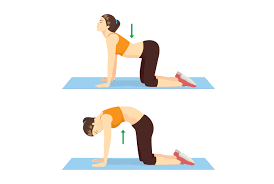
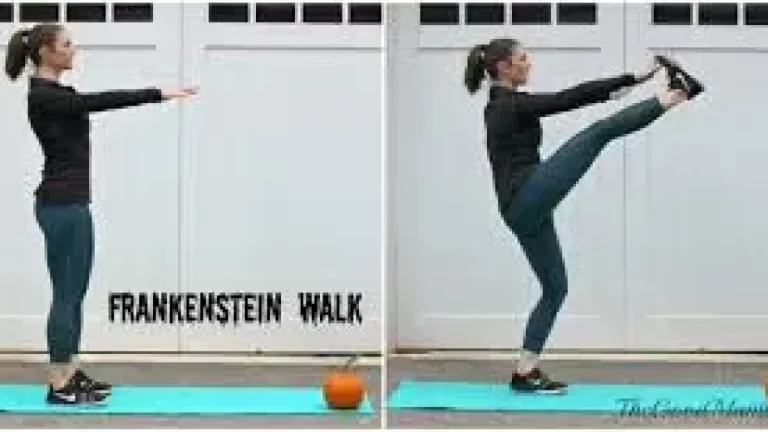
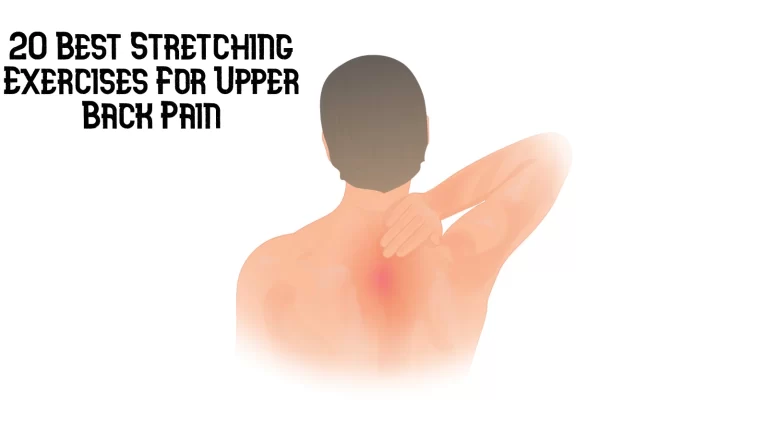
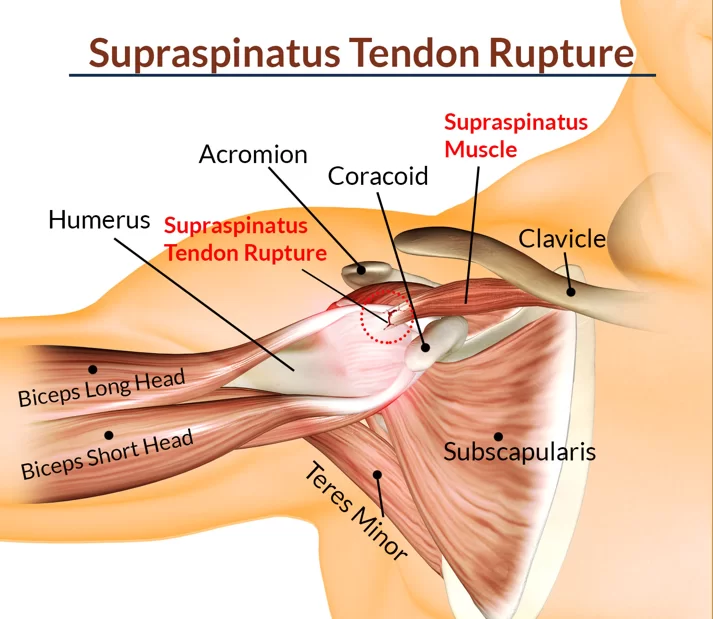
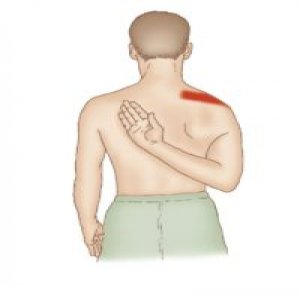
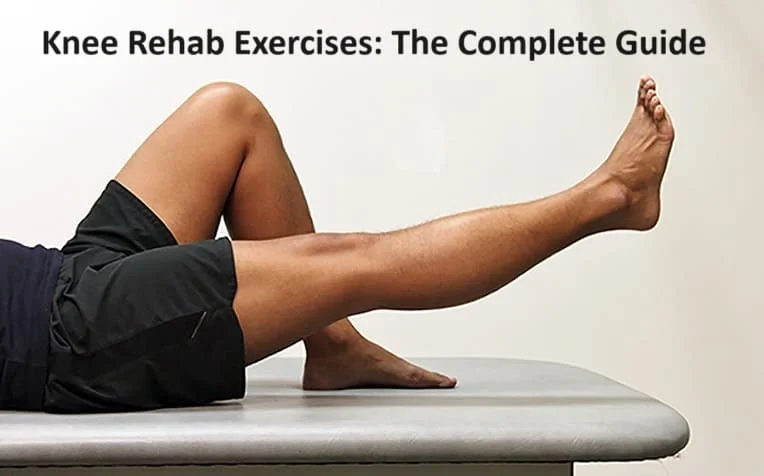
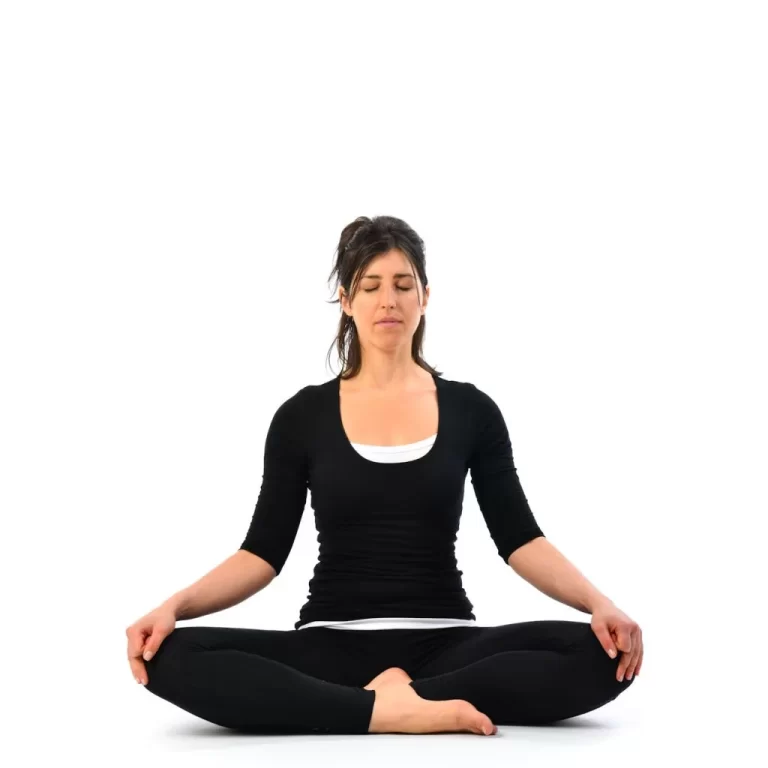
Bitilasana (Cow Pose) is the best yoga pose for Ankylosing Spondylitis, improves spine mobility greatly!